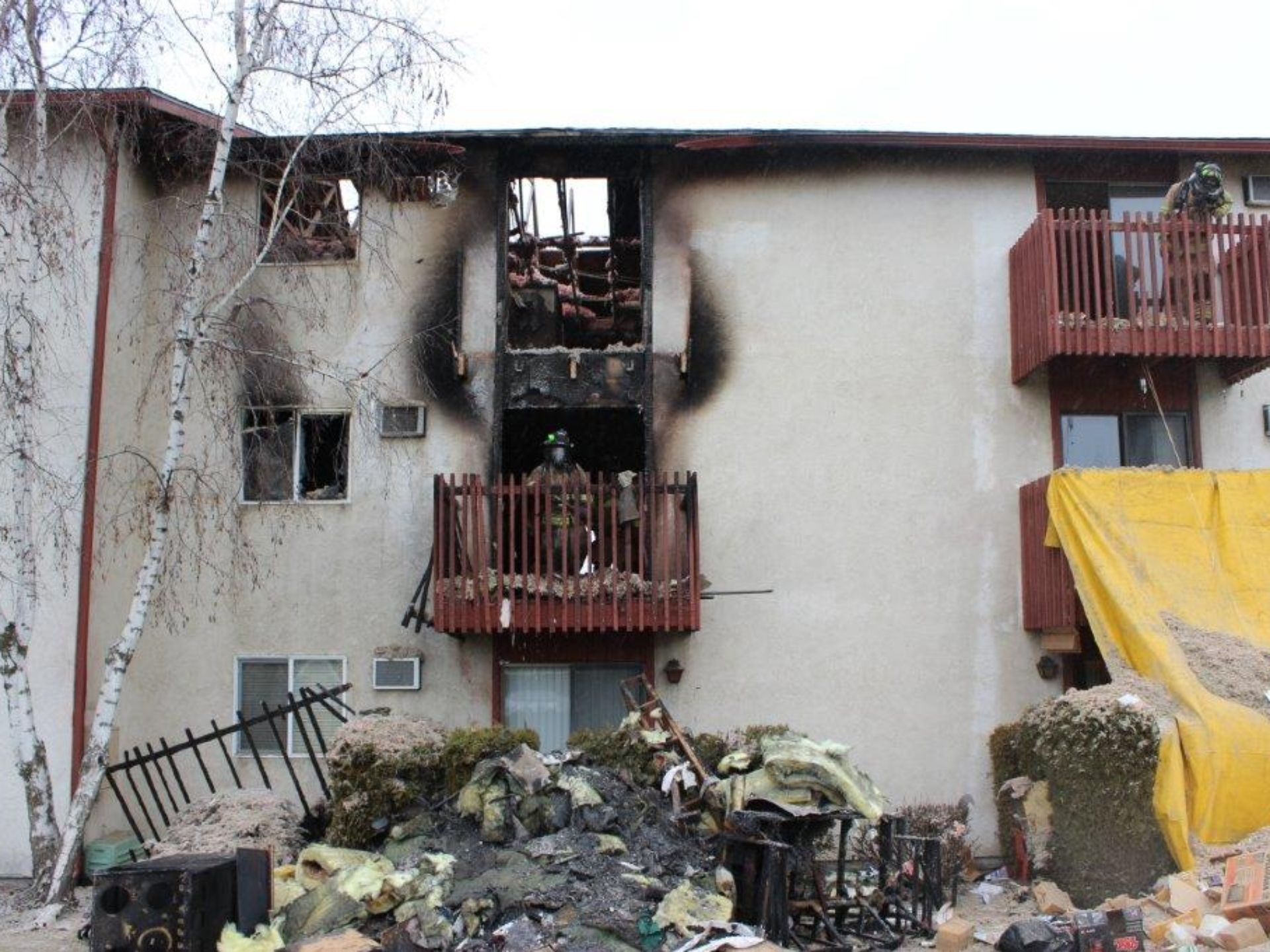![What A Hash-Oil Explosion Looks Like From The Inside[ID=27671869] ID=27671869](http://wfmy-download.edgesuite.net/video/27671869/27671869_Still.jpg) HUNTSVILLE, Ala. – It takes less than 0.4 seconds for a wall of flame hotter than molten lava to burst through the plywood covering at the testing facility at the National Center for Explosives Training and Research in Huntsville, Ala. In less than five seconds, the fire is mostly extinguished.
HUNTSVILLE, Ala. – It takes less than 0.4 seconds for a wall of flame hotter than molten lava to burst through the plywood covering at the testing facility at the National Center for Explosives Training and Research in Huntsville, Ala. In less than five seconds, the fire is mostly extinguished.
"Is that pretty indicative of a butane hash-oil explosion?" I ask.
9Wants to Know recently traveled to Alabama in order to get a better idea of what happened 32 times in 2014 in Colorado alone.
In 2014, those 32 butane hash-oil explosions in the state injured more than 30 people while damaging everything from backyard sheds to apartment complexes and houses.
Do you think there should be a limit on how much butane a person can buy at one time? Vote in our online poll below. We'll have the results and be continuing the conversation Wednesday on 9NEWS mornings.
It's led some law enforcement officers to suggest the recent rash of hash-oil explosions have replaced the meth-lab explosions in years past.
Just like deep-frying turkeys?
Some marijuana activists say yes
Hash-oil extraction has become a popular way to extract THC from marijuana in order to make a highly potent oil which can be used in such things as edibles. The process isn't terribly complicated, but it frequently relies on the use of highly flammable gases in order to do it.
In 2014, court records suggest Paul Mannaioni was with two others when a hash-oil extraction went awry underneath a makeshift tent outside a marijuana grow facility on South Lipan Street.
Police arrested all three, but in 2015, Denver prosecutors dropped their charges against Mannaioni because of - in part - lingering confusion over what can and cannot be done in Colorado now that Amendment 64 has been added to the state constitution.
A review of state court records by 9Wants to Know suggest his case was hardly an isolated one. Since 2013, Colorado prosecutors have brought forward 25 charges related to processing or manufacturing marijuana concentrate. In 19 of those 25 cases, prosecutors have dismissed at least that specific charge.
"Amendment 64 specifically says that it is legal to engage in 'the processing of marijuana,'" marijuana activist and Denver attorney Rob Corry, who represented Mannaioni, said.
Recently, Colorado legislators tried to clarify the law by passing a bill which would make it a felony to use such explosive gases like butane to manufacture hash oil inside a home or similar confined space. The bill awaits the governor's signature.
Corry told 9Wants to Know he's almost certain to challenge the new law should the governor sign it. He said charging a hash-oil manufacturer with a crime is the equivalent of charging a Thanksgiving Day cook.
"If you fry a turkey indoors, that's very dangerous. That can cause a major problem. It doesn't mean you've committed a felony offense though," Corry said.
Mannaoini agreed, although he said manufacturers need to be smart about it.
"I wouldn't do it in an apartment. To me, that would just be dumb. You need to do it in a safe area," Mannaoini said.
Someone thought it was a car bomb
Explosions can lead to federal charges
The damage to the gray, two-door sedan was fairly intense. The first thought, amongst investigators inside the Garland neighborhood of Spokane, Wash., was that it had to be something devious.
"The initial investigators believed that they had a car bomb on their hands," ATF Senior Special Agent Lance Hart said.
The more they looked, however, the more they realized it was something much different. Close to the child seat, they found a PVC pipe and some marijuana. The driver, who somehow escaped unhurt, was manufacturing hash oil inside his car.
His lit cigarette provided the open flame necessary to cause the explosion.
As a Certified Fire Investigator with ATF, Hart has investigated his fair share of hash-oil explosions in Washington state including a large 2014 explosion at an apartment complex in Bellevue, Wash.
The explosion led to federal charges and a five-year prison sentence for the manufacturer.
"This is extremely dangerous, extremely dangerous. It's like pouring gasoline in an apartment and having an open flame available," Hart said.
It is why 9Wants to Know wanted to see, firsthand, what that might look like.
Recreating a hash-oil explosion
'Fire in the hole!'
The National Center for Explosives Training and Research trains investigators from all over the world on the intricacies of all sorts of things that can cause damage.
Inside what amounts to a bullet-proof log cabin, investigators with the ATF sought to show 9Wants to Know what a hash-oil explosion might look like.
Instead of butane, investigators used gasoline. The two have a similar explosive range or upper and lower flammability limit. Butane, for example, will only explode when it occupies 1.9 percent to 8.5 percent of the air.
"Once you're in that range, and you have an ignition source, you're going to have an explosion," Hart said.
It's why recreating a hash-oil explosion can be a bit tricky. A few seconds after the ATF fire investigator yells "Fire in the hole," there is a small explosion but no fireball.
It took two more tries before there was the right amount of gas in the cabin to replicate what a hash-oil explosion would look like.
The ATF would later say the temperature in the room was close to 3,600 degrees Fahrenheit. The flames mostly burned themselves out within a few seconds.
It's why firefighters frequently encounter little more than blown out windows and extensive charring when they arrive at the scene of a hash-oil explosion.
CU Hospital burn unit
They see the worst burns
Between 2010 and 2012, University of Colorado Hospital received one butane hash-oil explosion victim a year. In 2013, the number significantly increased to 11 patients.
In 2014, the hospital received 17 patients.
The worst victim Dr. Gordon Lindberg ever saw was a patient who received burns on close to 90 percent of his body.
"Most of the hash-oil patients we've taken care of leave with the intention of never ever processing hash again," Dr. Lindberg said.
Camy Bell, RN., said the percentage burn on one's body tells her a lot about how long the hospitalization will last.
"We think that for every percent of burn, it's a day in the hospital. So if it's 20 percent burn, we can almost guarantee a stay of at least 20 days," she said.


